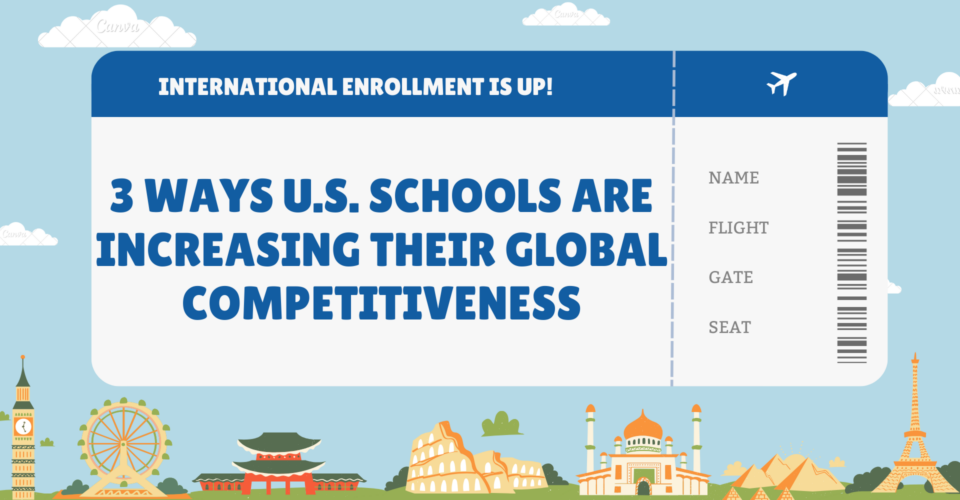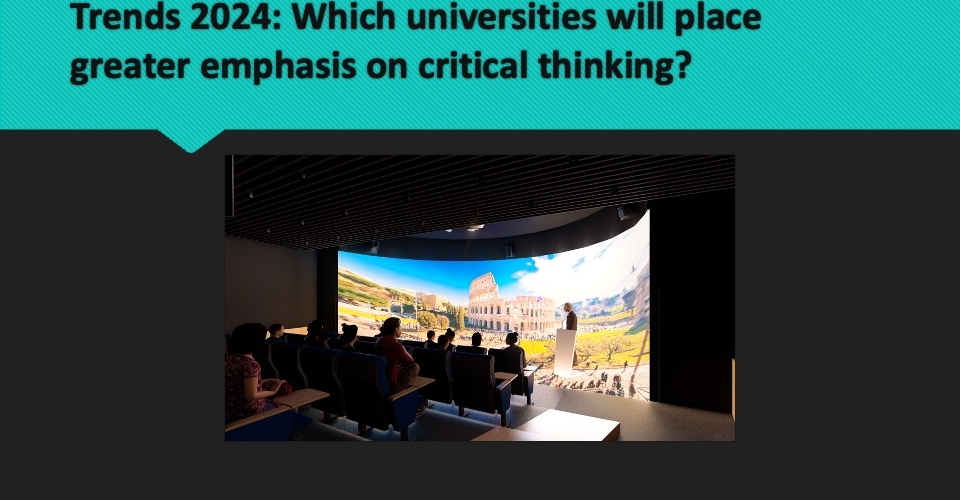Tim Walz, current Minnesota governor and Kamala Harris’ running mate, took little time to praise those who have advanced access and affordability in higher ed. In his opening remarks to a packed crowd in Temple University’s basketball arena, he commended fellow Pennsylvania Gov. Josh Shapiro, who is working on a multifaceted initiative to rework the state’s higher education system and drive down costs.
But Walz is no stranger to America’s education system, having worked hands-on in classrooms and passed progressive policy measures in K12 and higher ed.
Walz, a classroom hero
Walz began his working life after college as an international volunteer instructor and then returned to teach at a high school and coach football in his home state. It is there where he met his wife and the potential second lady of the United States. They then went on to move to Minnesota to continue their K12 careers.
“My dad was a teacher. My brothers and sisters and I followed in their footsteps,” he said in his Philly speech. “Three out of four of us married teachers.”
As the governor of Minnesota since 2019, Walz has backed historic funding levels for K12 and higher education. In the postsecondary realm, Walz approved a $650 million budget, which ignited a last-dollar scholarship program last year affording tuition-free schooling to state residents. A 1.2% bump in undergraduate enrollment this past academic year broke the state’s 14-year streak of declines.
His wife is also a local advocate for expanding postsecondary access to prisoners, per USA Today.
This academic year’s FAFSA delayed until Dec. 1
The Department of Education plans to implement a phased rollout beginning Oct. 1 to resolve any system errors that might arise before the official launch. However, some stakeholders are already airing their concerns about the lack of information on when batch corrections will become available.
Read more in our latest coverage here.
Bloomberg Philanthropies injects HBCU medical schools with funding
Bloomberg Philanthropies announced on Tuesday a $600 million gift to four HBCU medical schools: Morehouse College, Howard University, Merharry Medical College and Charles R. Drew University of Medicine and Science. The donation more than doubles three of the four schools’ endowments, per The Washington Post.
“It’s a game changer,” Harry L. Williams, president and chief executive of the Thurgood Marshall College Fund, told The Washington Post.
The philanthropic organization had last donated $100 million to these schools in 2020, which was the then-largest donation they had ever received.
One recent Sallie Mae study found that families with HBCU students are more cash-strapped in supporting their children’s postsecondary goals than those attending non-HBCU schools. Only a third stated that they had a plan to pay for all years of college. Merharry Medical College stated intends to use portion of Bloomberg’s gift on scholarships.
A new climate action plan emerges in the higher ed arena
This Is Planet Ed, a subsidiary of the Aspen Institute’s energy and environment program, has recently unveiled a climate action plan that hopes to ignite collaboration between all higher education stakeholders. It is among one of the first tangible initiatives put in place since the Aspen Institute announced its Climate Task Force last year.
“With the release of the action plan, the task force will identify how all institutions of higher education can leverage their unique strengths as educators, researchers, community partners, conveners and more to advance solutions,” read a statement from This Is Planet Ed.
Here are the 6 core tenants of the plan:
- Mitigating carbon pollution
- Adapting to climate change
- Training a clean economy workforce
- Driving climate research and innovation
- Advancing equity and environmental justice
- Sharing knowledge, building partnerships
Criminal justice, performing arts possess highest underemployment rates
Degree Choices, a financial advice service for prospective college students, recently unveiled its report on which undergraduate college degree earners are the most likely to become “underemployed.” Researchers defined underemployment as workers with a bachelor’s degree who possess a job not requiring a degree.
Utilizing 2022 data from the U.S. Census Bureau, American Community Survey, U.S. Department of Labor and O*NET, the analysis found that criminal justice, performing arts and art history majors have the highest underemployment rates. Unemployment and underemployment rates are for recent college graduates aged 22 to 27 with a bachelor’s degree or higher.
“With a better understanding of which degrees have the highest rates of underemployment, teachers and educational support staff could offer more targeted support and resources for graduates in fields with higher underemployment rates,” a Degree Choices spokesperson said in a press release.
Here is the breakdown of the top 10 majors for underemployment:
| Rank | Major | Under-employment Rate (%) | Unemployment Rate (%) |
| 1 | Criminal Justice | 71.5 | 2.8 |
| 2 | Performing Arts | 65.9 | 5.5 |
| 3 | Art History | 62.3 | 8.0 |
| 4 | Leisure and Hospitality | 57.6 | 4.1 |
| 5 | Liberal Arts | 56.7 | 7.9 |
| 6 | Animal and Plant Sciences | 56.3 | 1.6 |
| 7 | Fine Arts | 55.5 | 7.9 |
| 8 | Miscellaneous Technologies | 54.8 | 6.4 |
| 9 | Business Management | 53.6 | 3.2 |
| 10 | History | 53.5 | 7.5 |







